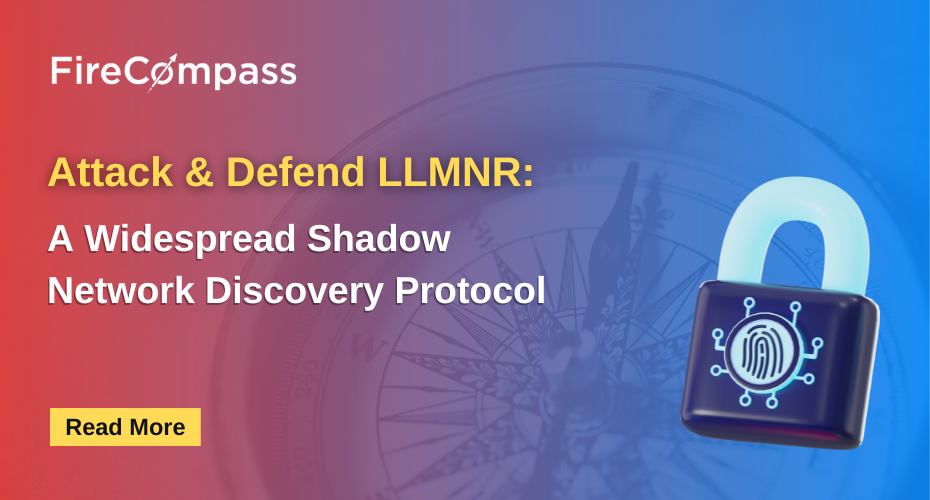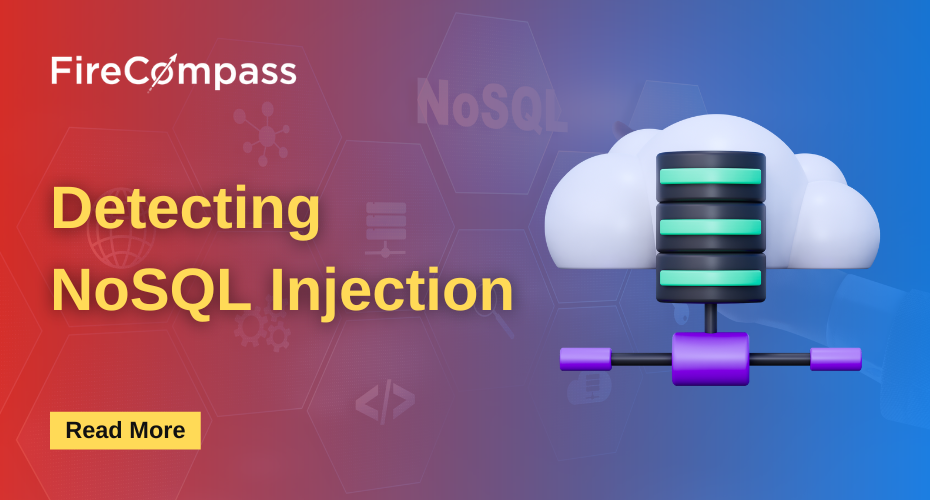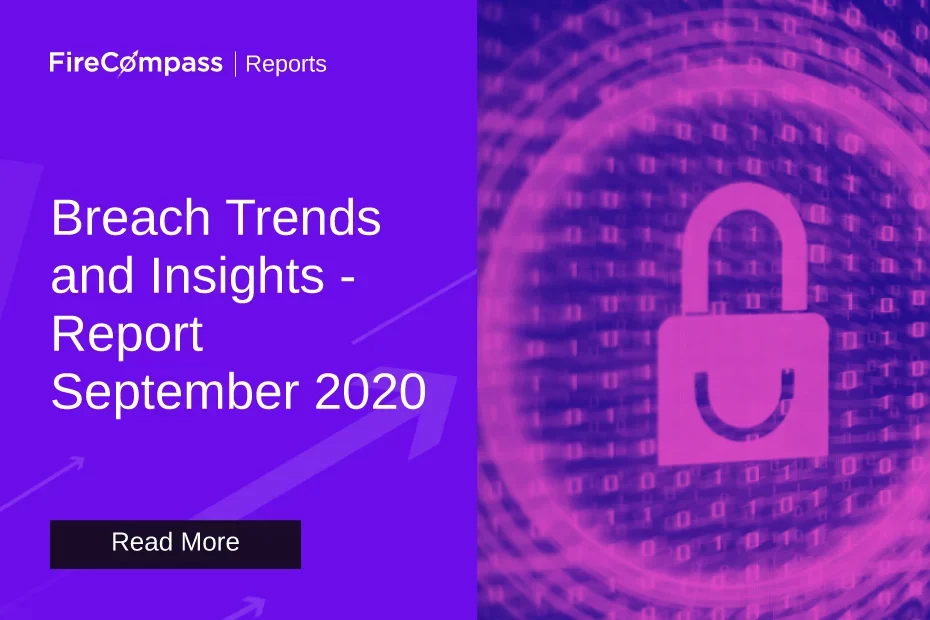Attack & Defend LLMNR: A Widespread Shadow Network Discovery Protocol
Link-Local Multicast Name Resolution (LLMNR), a seemingly important protocol in Windows environments, can be a silent accomplice for cyber adversaries seeking to exploit network vulnerabilities. Let us understand the technical intricacies of LLMNR and unravel how it can be exploited for reconnaissance purposes, examining each step from a Red Teamer’s perspective. Understanding LLMNR LLMNR is… Read More »Attack & Defend LLMNR: A Widespread Shadow Network Discovery Protocol





